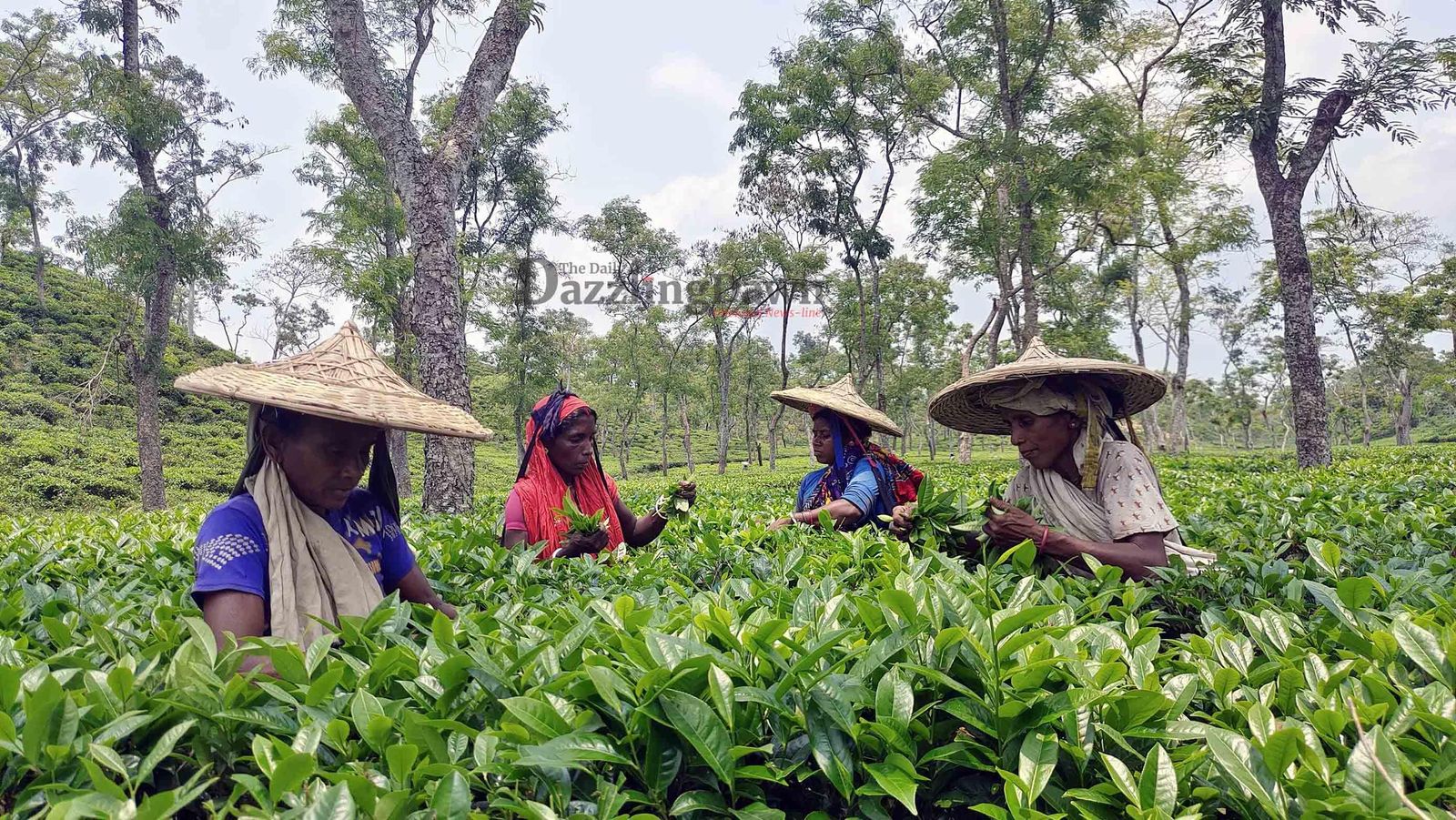Every year on May 1st, countries around the world observe International Workers’ Day, also known as May Day, to honor the contributions and sacrifices of workers. The day is rooted in the international labor movement’s fight for fair wages, humane working hours, and dignified working conditions. While the global labor force is diverse and vast, one group that often remains unheard and under-represented is the tea workers of Bangladesh and South Asia—millions of individuals whose lives are steeped in quiet resilience, silent struggle, and long histories of exploitation.
The Origins of May Day
International Workers’ Day originated from the Haymarket Affair in Chicago in 1886, where workers rallied for an eight-hour workday. What began as a peaceful protest turned into a violent confrontation, sparking global awareness of workers' rights and the labor movement. Today, May Day represents solidarity, resistance, and the continuing fight for equity in the workplace.
The Tea Workers of Bangladesh: Generations in the Shadows
Bangladesh is home to more than 150 tea estates, primarily located in the Sylhet, Moulvibazar, and Habiganj districts. The tea industry employs an estimated 100,000 to 120,000 workers, most of whom are women from marginalized indigenous or ethnic minority communities.
The ancestors of these workers were brought to the tea gardens during the British colonial era, often through indentured labor contracts. More than a century later, many of their descendants still live and work in the same estates, with little change in their socioeconomic status.
Living and Working Conditions
Tea workers in Bangladesh typically earn between Tk 120 to Tk 170 per day (approximately $1.10 to $1.50), far below a livable wage. Despite contributing to a multimillion-dollar industry, most of them live in cramped quarters without access to clean drinking water, adequate healthcare, or quality education for their children. Workdays are long—often 8 to 10 hours—under harsh weather conditions, with very little opportunity for advancement.
The 2022 tea workers’ strike in Bangladesh, where laborers demanded a minimum daily wage of Tk 300, brought brief national attention to their plight. Though the strike concluded with a partial wage increase, the demands for housing, healthcare, and education remain unmet.
The Wider South Asian Context
Tea production is a backbone industry not only in Bangladesh but across South Asia—particularly in India, Sri Lanka, and Nepal. The conditions faced by tea workers in these countries echo those in Bangladesh: poverty wages, poor housing, lack of sanitation, gender-based discrimination, and minimal labor rights.
India: The Legacy of Colonial Plantations
India, one of the largest tea producers globally, has more than 1.2 million tea workers, primarily in Assam and West Bengal. Many are descendants of Adivasi communities who were displaced and coerced into plantation work under British rule. Recent reports indicate that in several estates, workers earn less than the legal minimum wage, while many estates neglect basic welfare responsibilities.
Sri Lanka: The Plight of Tamil Tea Pickers
In Sri Lanka, Tamil-origin workers in the hill country tea estates face similar hardships. Despite generations of work, they are often denied land ownership and lack access to political power. Wages remain low, and women—who make up the majority of the workforce—report frequent harassment and health hazards.
Nepal: Marginalized and Overlooked
Tea estates in Nepal are smaller but growing. Here too, laborers—often Dalits or ethnic minorities—face minimal protection under labor laws, with informal employment structures and exploitation rampant.
The Role of Women: Carriers of the Industry
Women form the backbone of the tea industry. They do the bulk of the plucking, often under the gaze of male supervisors, and yet remain at the bottom of the wage and authority ladder. Many suffer from chronic health issues due to constant bending, pesticide exposure, and the stress of dual roles—at work and at home.
Despite their significant contribution, their voices are rarely heard in union leadership or plantation decision-making. Efforts by women-led labor movements and grassroots organizations are growing, but systemic barriers persist.
A Day for Action, Not Just Reflection
On International Workers’ Day, while the world celebrates labor achievements, it's imperative to shine a light on the hidden workers—those who remain outside the mainstream labor discourse. Tea workers in Bangladesh and South Asia represent a legacy of colonialism, caste discrimination, and economic inequality.
But they also represent resilience. From strikes to local advocacy, they are beginning to organize, speak out, and demand what has long been denied—fair wages, humane conditions, and basic dignity.
Governments, tea companies, and consumers all have roles to play. Ethical sourcing, stronger labor laws, union empowerment, and international solidarity can pave the way for meaningful change.
Dazzling Dawn’s Voice
International Workers’ Day must be more than a symbolic occasion. It must be a day of renewed commitment—to recognize, respect, and uplift all laborers, especially those silenced by systemic injustice.
As you sip your morning cup of tea today, pause to think about the hands that picked the leaves. The fields may be lush and green, but the lives behind them are often bleak and brown with struggle. Let this May Day be a starting point—not just for awareness, but for action.








.svg)



